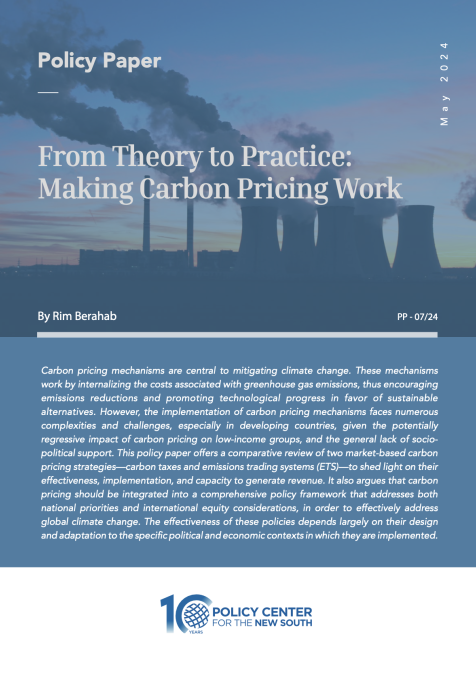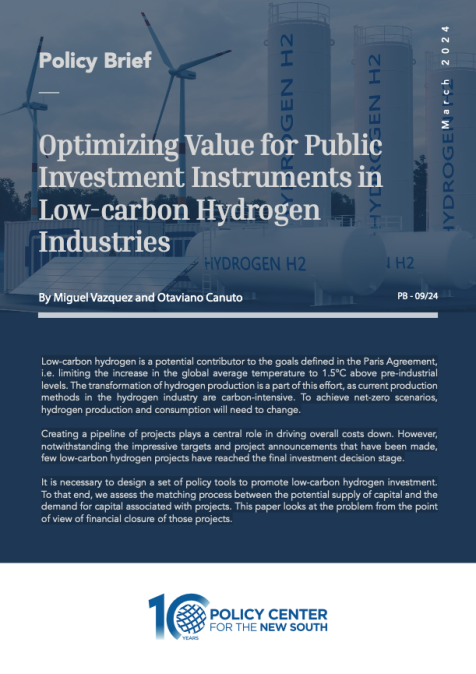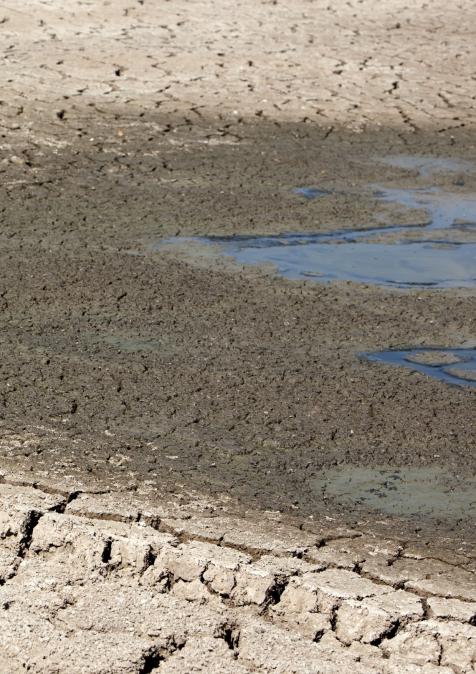Publications /
Policy Brief
La fin des stratégies d’intégration verticale constitue le corollaire naturel de la baisse durable du prix de la quasi-totalité des produits de base observée depuis de nombreux mois. S’il apparait encore prématuré d’affirmer avec précision quelles seront les conséquences de cette déconsolidation dans la chaine de valeur des matières premières, il est cependant probable que le rôle stratégique du négoce physique se renforce. Sous une telle hypothèse, les stratégies industrielles des pays en développement et exportateurs de produits de base pourraient devoir muter et désormais favoriser en priorité l’optimisation des circuits de distribution internationaux et la gestion du risque de prix.










